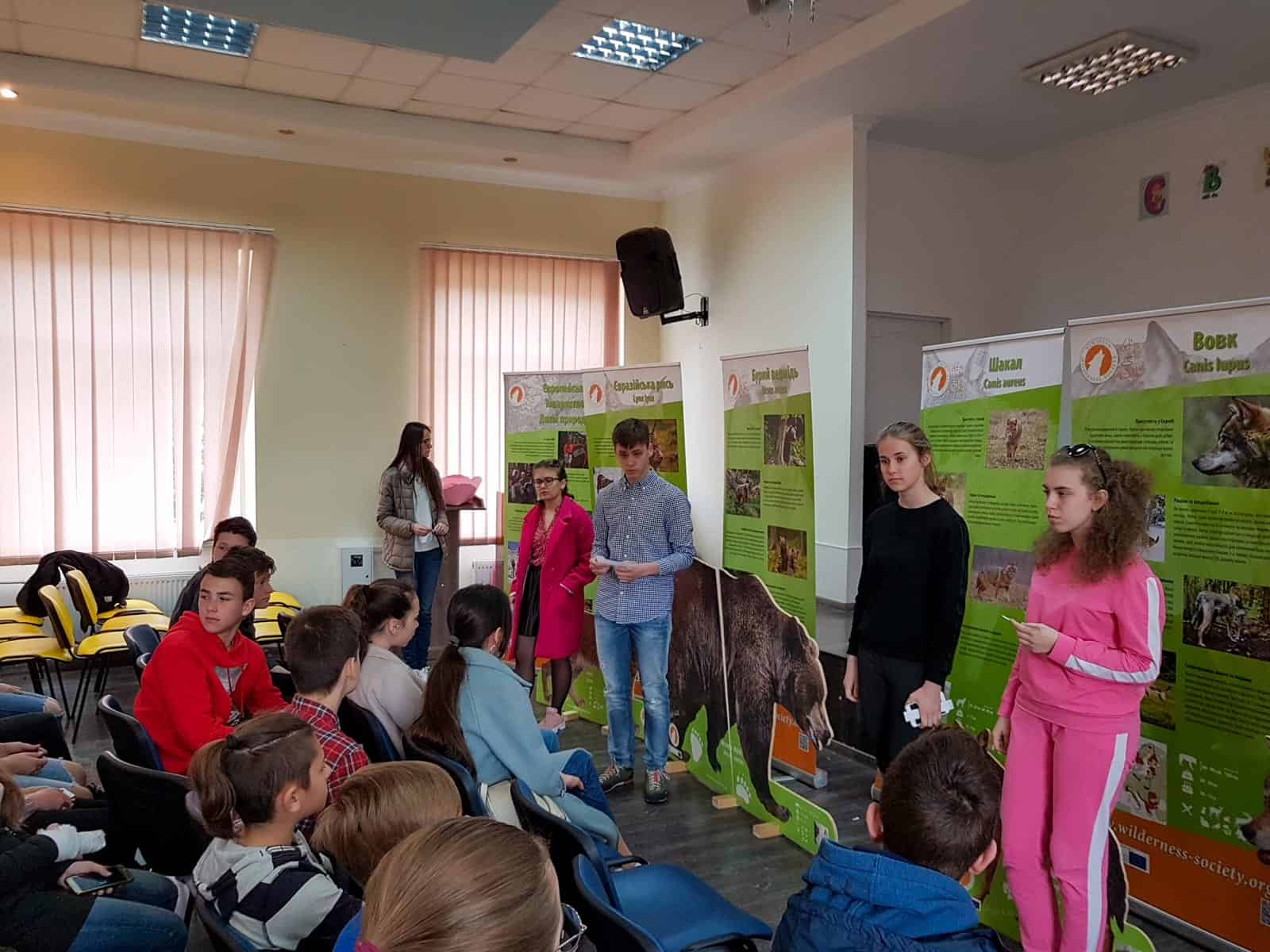Earth Day challenges urban citizens
Every year on April 22, over a billion people in 190 countries take action for Earth Day. From San Francisco to San Juan, Beijing to Brussels, Moscow to Marrakesh, people plant trees, clean up their communities, contact their elected officials, and more—all on behalf of the environment.
Please also read: Earth Day
Like Earth Days of the past, Earth Day 2014 will focus on the unique environmental challenges of our time. As the world’s population migrates to cities, and as the bleak reality of climate change becomes increasingly clear, the need to create sustainable communities is more important than ever. Earth Day 2014 will seek to do just that through its global theme: Green Cities. With smart investments in sustainable technology, forward-thinking public policy, and an educated and active public, we can transform our cities and forge a sustainable future. Nothing is more powerful than the collective action of a billion people.
What do you think urban citizens can do for Wilderness?
“Wilderness” refers to nature that has been untouched by humankind for a long period of time. Large and undisturbed areas unaffected by fragmentation are required for a Wilderness to sustain all natural processes. This restricts true Wilderness to remote areas of the earth, away from densely populated areas. A cultural landscape which is continuously shaped and cultivated by human beings – including cities – is contradictory to the existence of Wilderness.
Yet we believe you can do a lot and not only through leaving the far away rural areas untouched. Urban nature can exhibit Wilderness-like characteristics when natural dynamics and development processes are allowed to occur. Urban nature suitable for such natural succession includes e.g. woods, river banks, wetlands and other remnants of the pre-urban nature.
The WILD Cities™ Project is generating a new concept of urbanism where nature is highly valued, afforded space, and a conscious part of human life. Its strategy is to prioritize the existence of wild nature for its role in providing irreplaceable life supporting services to urban dwellers – fresh air, clean water, biodiversity, productivity of local farms and fisheries, resilience to climate change effects, temperature control, and more – and quality of life derived from parks and recreational open space, educational opportunities, cultural and historic preservation, and city revenue and cost savings.
Undisturbed natural succession also commonly occurs on brownfield sites, which are often prone to abandonment while the follow-up use is pending.
Finally you can support Wilderness through joining our society and contributing to the much needed funding, which the protection of Wilderness requires.








